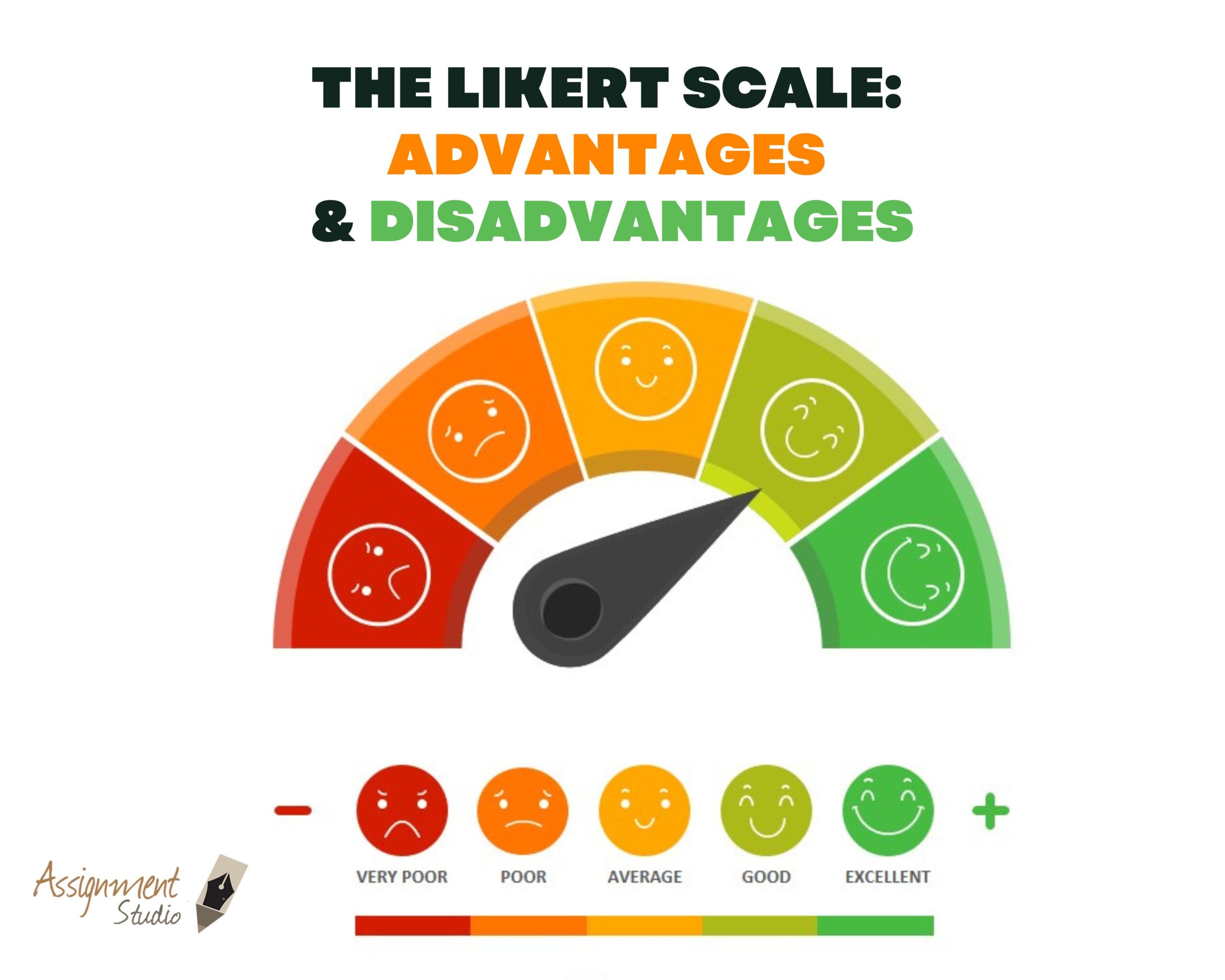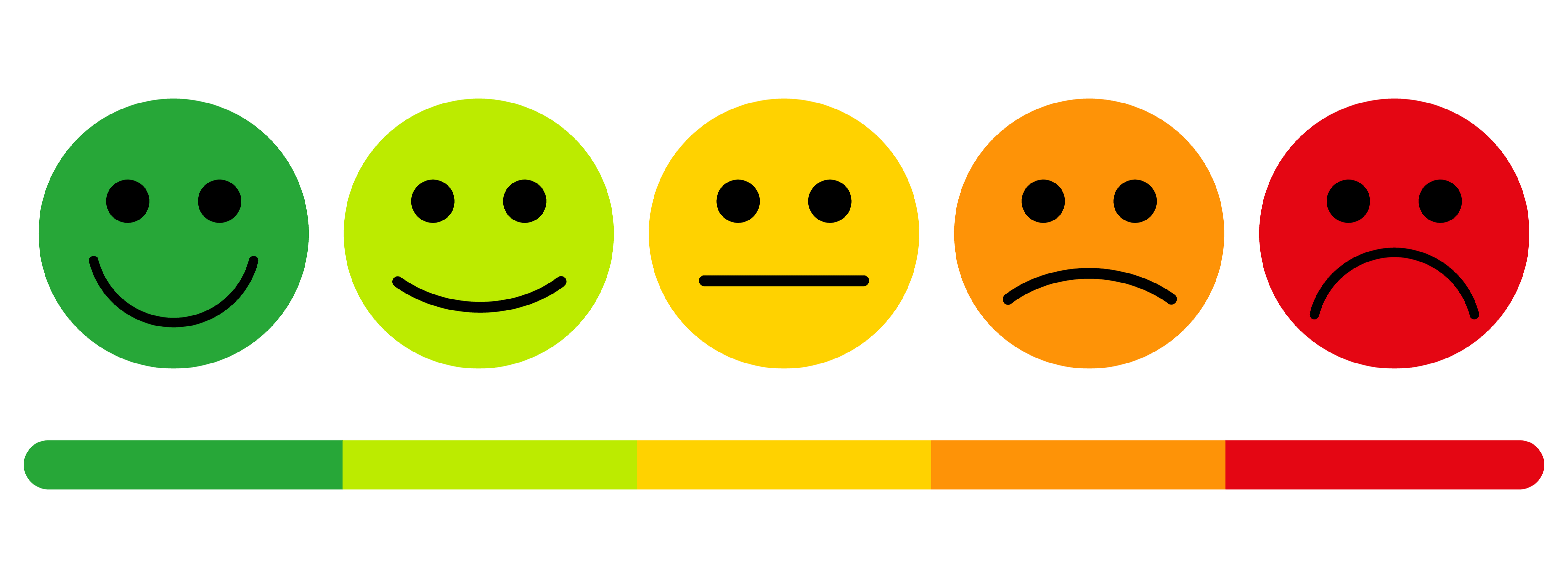
Table of Contents
What is the Likert Scale?
The Likert scale is a type of rating scale mostly used in survey research, marketing research, psychology, and social sciences. The main purpose of using this scale is to determine the opinions, attitudes, and behaviors of different individuals. Mainly it is a scale based on questions or statements with multiple-choice answers.
There are two common formats of answers in a Likert scale, one includes five options whereas the second one includes seven options. However, there are also nine points that answer the Likert scale which is not common but rarely used by some researchers. In this way, the respondent can best express his behaviors about a certain product or situation.
The format of a typical seven-level Likert question, for example, could be:
- Strongly Disagree
- Disagree
- Somewhat Disagree
- Neither Disagree nor Agree
- Somewhat Agree
- Agree
- Strongly Agree
What are the Advantages of the Likert Scale
Let’s discuss some advantages and disadvantages of the Likert scale. It is good to know the benefits of using this scale because this scale type is practical and accessible for data collection. It will help you in your future research work, you can easily select the questionnaire format for your research if you have prior knowledge of different scales of academic research or others.
Quantitative
It will give you the advantage of easily converting a huge amount of abstract information into a quantitative manner. It becomes much easier to calculate the relationship between the variables. In this scenario, statistical testing will be more favorable to test the hypothesis.
Fine-grained
This scale is most suitable for survey research purposes because it not only provides simple binary results (Yes or No) but also includes the satisfaction level. Through this, the researcher can analyze the opinions, attitudes, and behaviors of a respondent.
Likert scale questionnaires are versatile
With the help of the Likert scale, you can easily get the information you wanted to analyze. You can design close-ended questions regarding your product or services. You can get it filled by a good number of consumers. For instance, if you want to know feedback about your product for further development. You can set a pop-up that appears after each purchase or you can have a feedback form or survey get filled out by each customer.
Simple to respond
Likert scale questionnaires are very much simple to respond to. It follows a simple and straightforward pattern that makes it feasible for the respondent to fill it within two to three minutes.
Ideal for single topic survey
The Likert scale survey is ideal and suitable only for a single topic because it will create a flow and respondents will feel it is feasible to correctly provide the information.
What are the Disadvantages of the Likert Scale
It seems now you are much more aware of the advantages, it’s time to learn some disadvantages. Let’s discuss some disadvantages of the Likert scale.
Response Bias
Mostly in the Likert scale questionnaire, the biasness appears due to social desirability: it means the respondent gives answers to impress other people to think he or she is a good person. The respondent thinks it is good to be normal so he did not follow the fair pattern and started disagreeing with certain questions or statements. This will have an impact on the final results and conclusion.
Restricted choice
In a Likert scale-type questionnaire, the statements or questions are always close-ended. Due to this reason, some questions are answered with the most relevant answer instead of a fair answer. However, for accurate results, fair answers are needed and if the data is inaccurate the problem researcher is trying to solve will not be solved.
Fatigue
Sometimes when there is a huge number of questions in a questionnaire, the respondents will feel fatigued and get bored. Again, this will lead to an invalid response instead of a true or fair judgment.
Hard to prepare
It is one of the most difficult types of questionnaires. Apparently, this looks easy but the logical questions and statements are difficult to compose. Besides, the questions should be relevant to our research, and what we are trying to find.
Sometimes researchers have to ask similar questions in order to get a hundred percent accuracy and to overcome false information.
Central Tendency
This is also a flaw of the Likert scale whenever the respondent does not understand or get the question, they just select the neutral option.
Conclusion
This blog contains the top five advantages and disadvantages of the Likert scale. The success of research is based on how much the information is true. And now after reading all the merits and demerits of the most used scale, you will have some idea on how to get your required information or in what manner the researcher should design the questionnaire. This practice will make you a good researcher.












